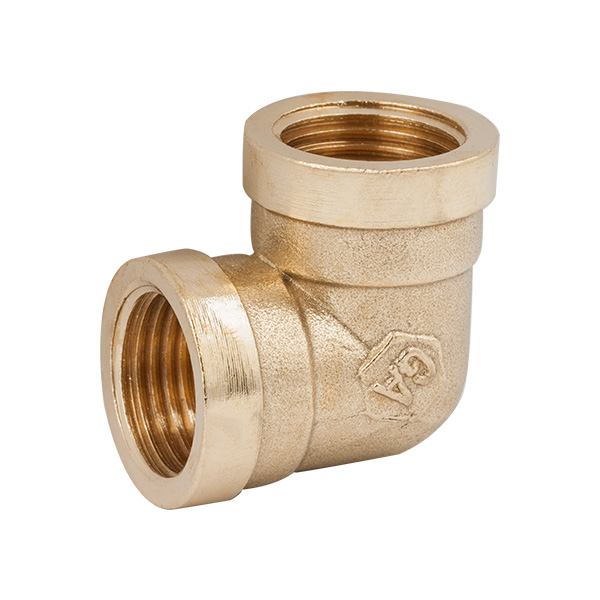Abst:Most systems that carry alkaline fluids choose brass, a ductile, attractive metal that is machinable and corrosion-resistant. Brass contains copper, zinc, and chromium to make it rust-resistant, and the lead in brass makes it machinable. The combination of copper, zinc and aluminum makes it malleable and even resistant to dezincification, which means brass can be used in accessories that can be exposed to extremely alkaline environments and can pass high chloride tests. Since brass fittings are ...
Most systems that carry alkaline fluids choose brass, a ductile, attractive metal that is machinable and corrosion-resistant. Brass contains copper, zinc, and chromium to make it rust-resistant, and the lead in brass makes it machinable. The combination of copper, zinc and aluminum makes it malleable and even resistant to dezincification, which means brass can be used in accessories that can be exposed to extremely alkaline environments and can pass high chloride tests. Since brass fittings are copper alloys, brass fittings are used for pipes and transmission of corrosive chemicals. Brass fittings with low zinc content and high aluminum and chromium content are very resistant to corrosion,
Brass has excellent properties, they are
1. It is a non-ferromagnetic material.
2. Brass is different from other metals in that they are easy to recycle.
3. Brass is more ductile than zinc or bronze.
4. Has attractive acoustic properties and is suitable for musical instruments.
5. Brass has low friction properties.
6. It is a good conductor of heat, conducting 28% of electricity.
7. The casting of brass is easy and the melting point is almost lower.
8. Brass is completely corrosion resistant and also resistant to corrosive salt water.
The application of brass in musical instruments:
Brass is malleable and has sufficient acoustic properties to make instruments such as tuba, french horn, trombone, trumpet and bells.
In industrial use:
Unlike iron, brass does not spark when rubbed, which can cause fire accidents. Industrial pipes carrying highly flammable gases and chemicals are fitted with brass valves.
Brass has antimicrobial properties:
Brass contains mostly copper and zinc, making it an effective antimicrobial surface. Antibacterial copper-based paints are used to coat small to large boat hulls.
In air conditioning and heat recovery systems:
Brass has perfect corrosion resistance and good thermal conductivity, so they are used in air conditioners and heat exchangers.
In decorative items:
Brass looks like gold and has attractive shiny properties and can be used in arts, crafts and jewelry.
Brass fittings are also used to decorate house faucets, door handles, window handles and furniture fixtures.



